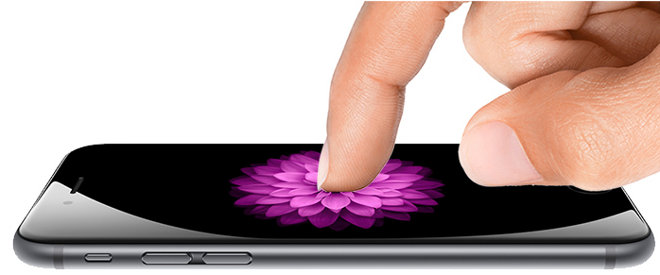Whenever a new capability or API is introduced into iOS developers can get a little design and feature happy. I'm afraid this is going to happen with Force Touch and a bevy of features will be hidden from users who have no idea how to access them. Pressing buttons and swiping levers on a screen are obvious ways of UI and UX interaction but remembering to press harder may not be a natural way of interacting with a device for most people.
Force Touch may also have an awkward feel when using it with an iPhone. The great thing about Force Touch on the Apple Watch is you have your wrist as a "platform" for your watch to lean on while applying pressure. You receive the haptic feedback on your arm while using Force Touch to let you know it's activated. Force Touch on iOS is expected to provide a physical feedback that feels "nice" and "consistent" across the OS.
What Else To Expect?
The details on Force Touch and it's functionality are still rumors. One can expect shortcuts and faster actions all across iOS 9. According to Mark Gurman at 9to5Mac a few examples of what to expect from Force Touch is the ability to look up points of interest in the maps app and force touching on the location to immediately start navigation directions to Force Touching a track in the Music app to access a deeper set of options such as adding to the up next queue.
My concerns may be nitpicking and I'm sure I'll look back at this article and laugh. Apple always has a way of making what at first seems like non-essential features as key, commonly used features down the line that will make me say "how did I live without this before".
I'm holding out hope Apple isn't relying on Force Touch to sell the next iPhone and it's just one medium sized feature among many. If Apple was smart, they would keep the focus on camera upgrades and use Force Touch as a complementary feature not meant to sell the device.













